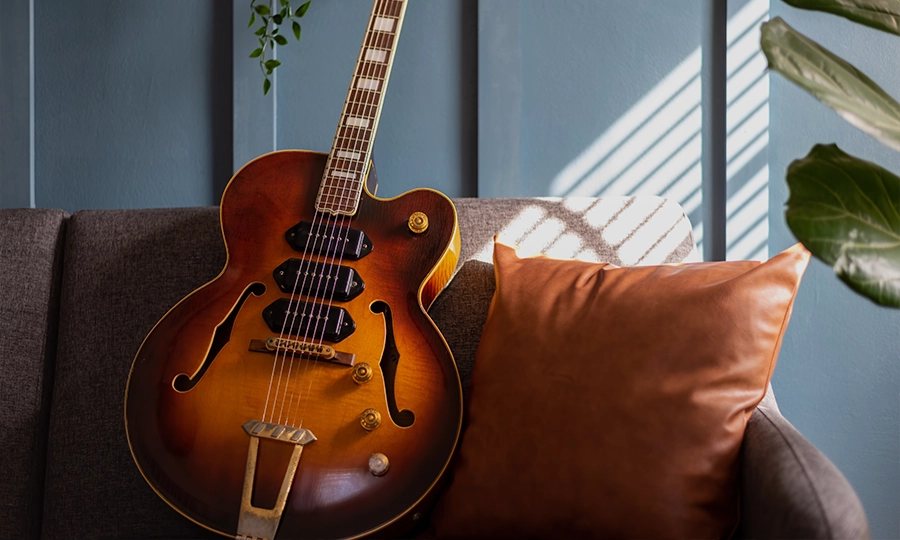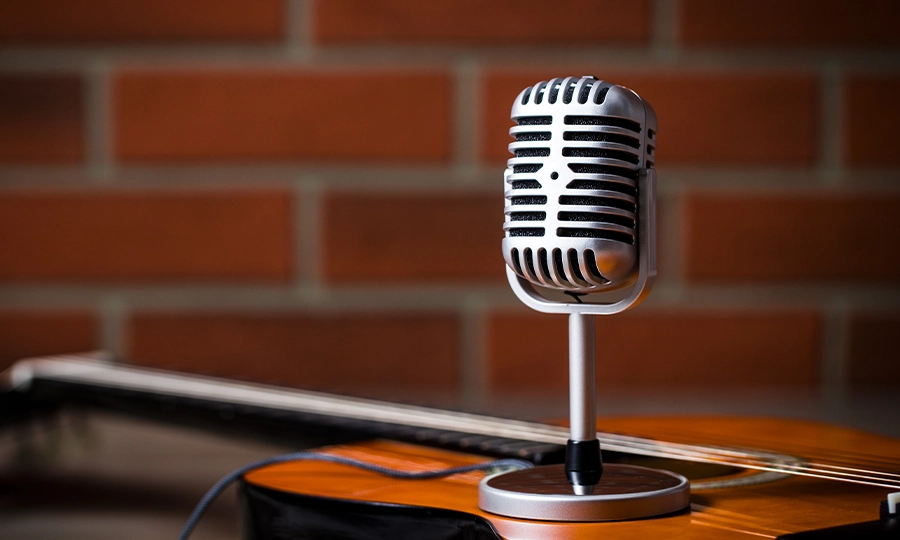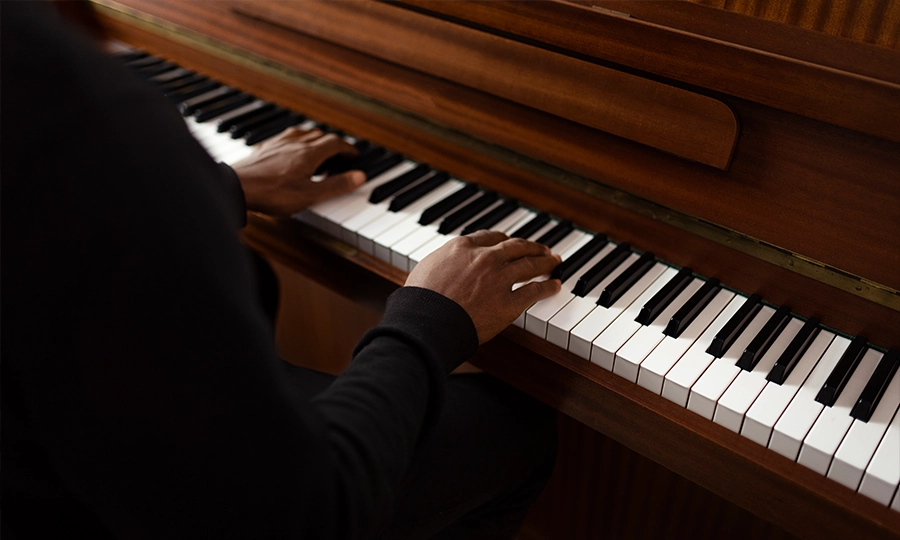Violin lessons near me in Manhattan, NY
Find and succeed with vetted Violin teachers
Violin classes in Manhattan for youth, adults, and new learners

Experienced violin teachers conducted lessons in Manhattan
Students from Williamsburg, Bay Ridge, Crown Heights attend violin classes
Blerina taught Phoebe 6 months ago
Blerina and Phoebe worked on violin tuning, note reading, rhythm practice, and bow exercises to improve finger dexterity. Blerina identified issues in Phoebe's homework and provided corrections during the session. Phoebe was advised to get her violin string replaced at a local shop, and they scheduled a follow-up lesson for the next week.
Notes on Lines and Spaces
Bow Hold Technique
Finger Flexibility Exercises
Violin Care
Tuning the Violin
Julianne taught Erina 7 months ago
Julianne tutored Erina in a violin lesson that included practice on scales, arpeggios, and specific pieces like "Witches Dance" and "Two Grenadiers." They addressed intonation, finger placement, rhythm, challenging finger stretches, and accidentals, and also sight-read a new piece. They scheduled their next lesson at the end of the session.
Intonation Correction
Physical Finger Cues
Fourth Finger Stretch
Triplet Rhythm
Accidental Awareness
Pizzicato Technique
Advanced music teachers beyond violin classes in Manhattan
Master technique with music teachers near you
A Legacy Forged in Gold? - The Violin's Journey from Subway Platform to Broadway Pit

In Manhattan, the violin leads a life of extreme and fascinating contrasts. The instrument's story is built upon a foundation of immense wealth and philanthropic ambition, forged during the Gilded Age, which created the world's most prestigious stages. Today, a violinist's professional journey on this island can lead to two vastly different destinations: the anonymous but crucial spotlight of a Broadway orchestra pit or the raw, immediate concert hall of a subway platform. It's a tale of two cities, all contained on one island, defined by the journey of this single, timeless instrument.
The Foundation of the Gilded Age
The violin’s prestigious role in Manhattan was no accident; it was a deliberate project of the city’s most powerful Gilded Age magnates. Industrialists like Andrew Carnegie and John D. Rockefeller channelled their vast fortunes into building cultural institutions that would rival those of Europe. They envisioned a city where the highest forms of art, particularly classical music, would have a permanent home. This patronage created the very stages and schools that now define musical excellence worldwide. The grandest and most enduring symbol of this vision is, of course, Carnegie Hall, a venue whose name is synonymous with the pinnacle of musical achievement, built specifically to give artists, especially the virtuoso violinist, the greatest stage imaginable.
The Modern Pillars of Excellence
The legacy of the Gilded Age lives on today through Manhattan's iconic cultural pillars. For the aspiring violinist, The Juilliard School represents the ultimate training ground, a fiercely competitive environment where talent is honed to perfection. Graduating from such an institution opens doors to the world's most elite ensembles. The ultimate prize for a classical violinist is often a coveted seat in an orchestra like the New York Philharmonic, housed in David Geffen Hall at Lincoln Centre, or the celebrated Metropolitan Opera Orchestra. Here, the violin is part of a grand, formal tradition, a precisely tuned instrument within a magnificent and powerful musical machine.
The Spotlight of the Broadway Orchestra Pit
For a different kind of virtuoso, a highly rewarding career exists hidden just out of sight beneath the stages of the Theatre District. The Broadway pit violinist is a master of versatility, required to play everything from soaring ballads to rock and jazz, often sight-reading complex scores with flawless precision eight times a week. Their performance is an essential, yet largely anonymous, part of the Broadway spectacle. They are the unseen engine powering multi-million dollar productions, their skill contributing to the magic without ever taking a bow, a testament to the discipline and adaptability required of a top-tier Manhattan musician.
The Raw Echo of the Subway Symphony
In stark contrast to the structured life of the pit musician is the entrepreneurial artist of the subway. In the cavernous acoustics of stations like Times Square-42nd Street or Union Square, the solo violinist stands alone, commanding attention through raw talent and direct emotional connection. There is no guaranteed salary or formal program, only the meritocracy of performance. Here, the violinist is their own producer, marketer, and artistic director, curating a repertoire designed to move a transient audience in a matter of moments. This is the violin at its most immediate and personal, a powerful symphony played against the rhythmic backdrop of the city itself.


Frequently asked questions
How much does a violin teacher cost in Manhattan?
Where can I find free violin lessons in Manhattan?
What are the best ways to improve violin skills in Manhattan?
Do Manhattan high schools offer violin lessons programs?
What violin exams do students in Manhattan need to prepare for?
Are there violin competitions or clubs in Manhattan?
What are the benefits of private violin lessons in Manhattan?
Are group violin lessons available in Manhattan?
Do violin teachers in Manhattan help with school orchestra prep?
Can I get violin lessons near Central Park or Upper East Side?



